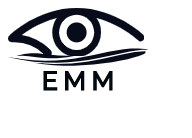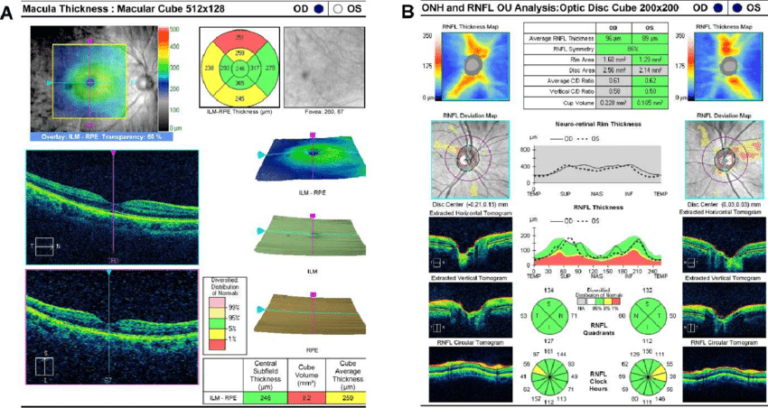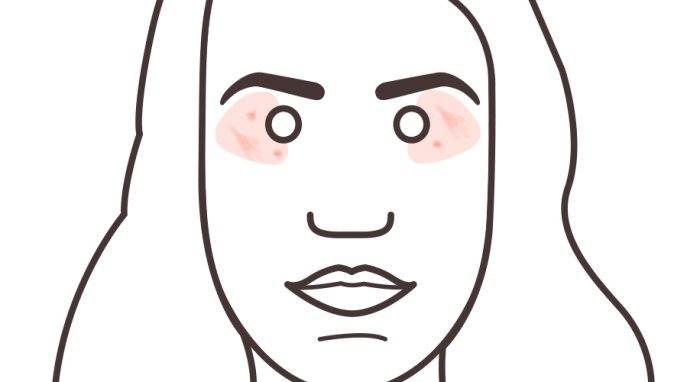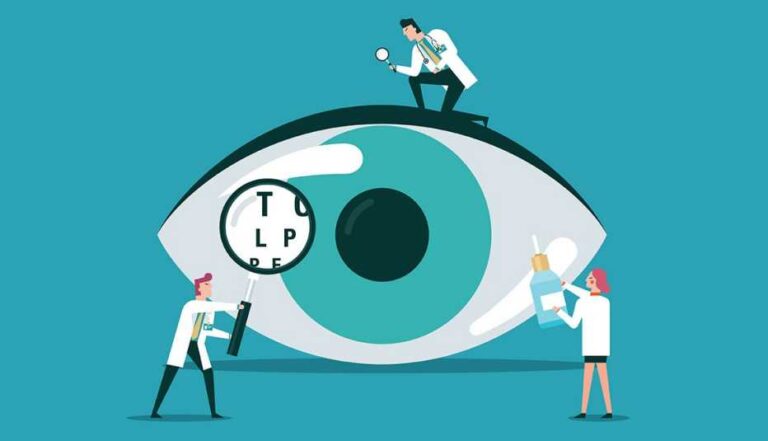Retinoscopy- everything you must know about it
Retinoscopy is a clinical procedure used to objectively measure the refractive error and accommodative state of the eye—a handheld instrument that projects light into the eye—is used to observe the reflection (or reflex) from the retina to gauge how the light moves within the eye. The results obtained from retinoscopy allow clinicians to determine the…



